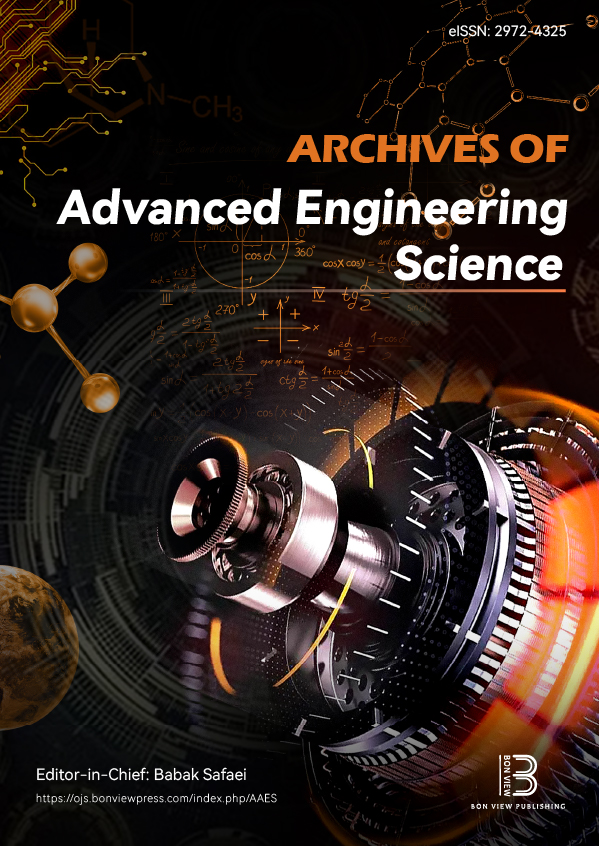Analysis of the Effects of Wheel Spacers on the Roll Stability of the Vehicle
DOI:
https://doi.org/10.47852/bonviewAAES42023106Keywords:
wheel spacers, CarSim, fish hook test, roll angle, roll gradient, axle momentAbstract
This paper aims to identify the impact of tire spacers on the vehicle's overall stability and subsequently the influence of various kinematic factors due to the induced vehicle's roll moment. The placement of the spacers was studied as a function of the arrangement of the spacers and was compared to a model without spacers. The outcome of this project would be to highlight the importance of spacers to reduce the roll within a vehicle and to provide an idea for the customer about what orientation will provide the best results from the spacers that they have installed. Using the CarSim software, we were able to develop different accurate models within the scope of this study. A series of these models were then simulated using simulation software on a variety of real-life conditions in order to predict the behaviour of the vehicle under different conditions. These results were used to evaluate the handling characteristics of the vehicle and determine the ideal placement of spacers attached to the wheels in order to improve the vehicle's handling characteristics.
Received: 14 April 2024 | Revised: 31 July 2024 | Accepted: 20 August 2024
Conflicts of Interest
The authors declare that they have no conflicts of interest to this work.
Data Availability Statement
Data are available from the corresponding author upon reasonable request.
Author Contribution Statament
Glenn Xavier Vaz: Conceptualization, Methodology, Software, Validation, Formal analysis, Investigation, Resources, Data curation, Writing - original draft, Writing - review & editing, Visualization; Zeinab El-Sayegh: Conceptualization, Formal analysis, Resources, Writing - original draft, Writing - review & editing, Visualization, Supervision, Project administration.
Downloads
Published
Issue
Section
License
Copyright (c) 2024 Authors

This work is licensed under a Creative Commons Attribution 4.0 International License.


